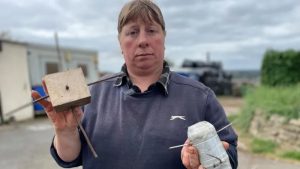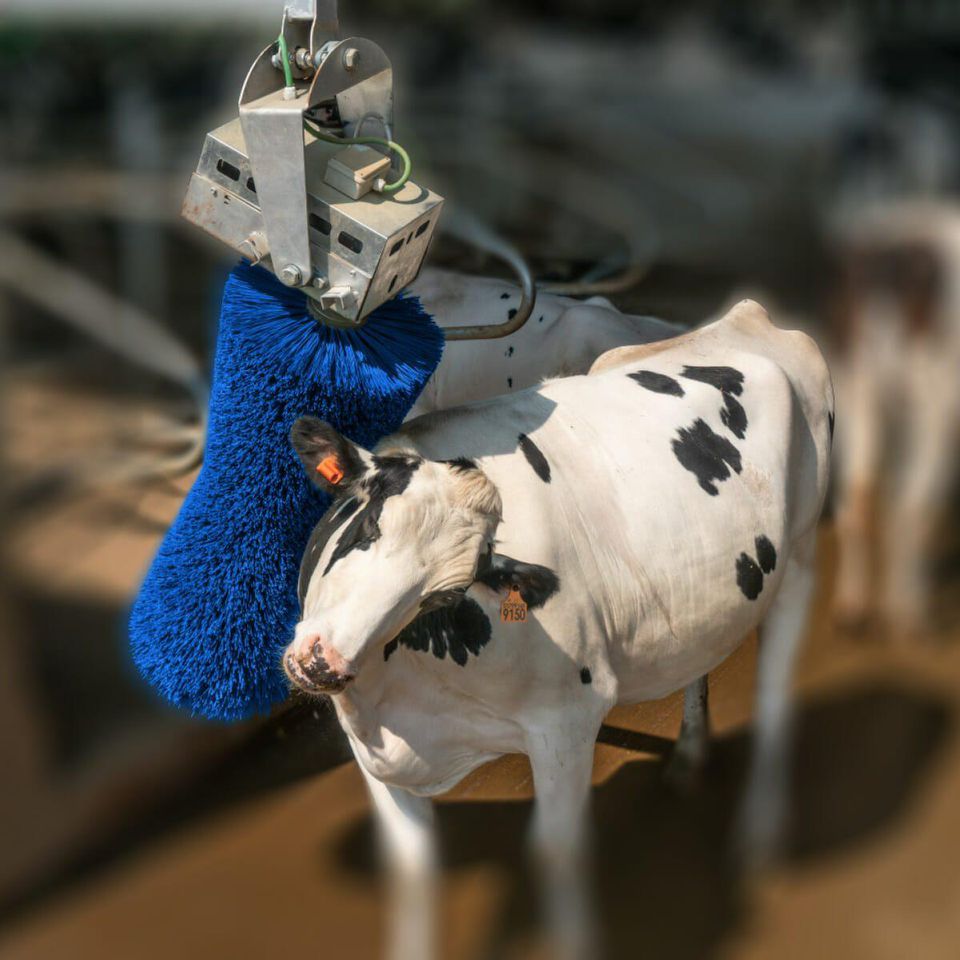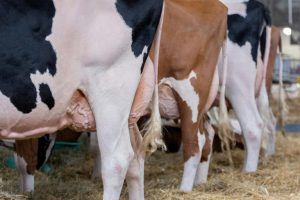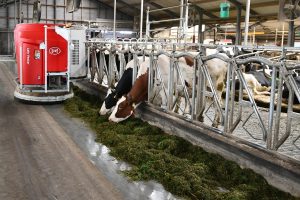
I was not only fascinated by the video itself, but also by the fact that it represents a well-reasoned response to consumer trends for farm products on the part of its marketer.
Today’s consumers and especially many young consumers have a desire to know more about the products they buy, including food products. Driven by an increased awareness of and empathy toward the care of production animals, products aimed at enhancing the quality of food and/or improving the quality of life on farm animals are becoming more common. This is evident in the increased prevalence of marketing of organic, non-GMO foods, cage-free eggs, free-range chicken and the reduction of use of hormones in dairy production.
The BlissBrush is part of a significant trend among farmers toward the adoption of products and management practices that improve what’s known as “cow comfort.” Data indicates that comfortable cows are healthier, happier and more productive. A recent study conducted at Cornell University suggests that the purchase of cow brushes by farmers pays off as well, finding that milk production increases by 3.5% in second lactation cows.
I asked Eric Schreiber, CEO of Harmony Marketing Partners, who is actively involved in the marketing of this product to farmers for his take on why he believes the BlissBrush, versions of which have already been popular in Europe, as to why he believes this product is starting to catch on with U.S. farmers. He states:
“Cows, like all animals, have a natural need and desire to scratch itches, to be massaged, cleaned and groomed. Recent scientific studies indicate that cows are equally motivated to access a brush as they are to access food, indicating a high need for these benefits. Providing access to an automatic rotating cow brush like the BlissBrush, allows cows to relieve these needs, decrease stress, improve cleanliness and have a more enriched environment. Farmers are always interested in improving the health, care and overall welfare of their animals, and to them, they see advantages in providing cow comfort, improving hygiene and increasing production. Data shows cows with access to brushes produce more milk.”
Schreiber adds that farmers view the product as being economical in providing comfort to the cows while consumers like that the cows are provided with a better environment, leading to a situation in which, “…the cow, the farmer and the consumer all feel good.”
Brent Hershey, President of Hershey Agriculture, and owner of cowbrushes.com adds, “There is clearly a large unmet need for cow brushes in the U.S., and we saw a significant opportunity to bring a needed solution to dairy producers. Seeing the penetration in Europe, the trends in the U.S. market and the lack of high-quality brush options convinced us this was the right thing to do.”
So are there obstacles to the BlissBrush and other cow brushes realizing large sales? According to Schrieber, in Europe, approximately 70-80% of dairy farms have cow brushes, while penetration in the U.S. is currently an estimated 20-30%, but growing. I asked Leslie Carlson, Nathan J. Gold Distinguished Professor of Marketing at the University of Nebraska-Lincoln, a noted expert on consumer behavior and green marketing for his take on the potential for cow brushes in the U.S. Carlson emphasizes that literature on the consumption of environmentally friendly products appeal to some consumers, but not all. He states:
“This form of consumption has parallels to ‘green’ product consumption. That is, cows who have access to products such as these brushes seem to be ‘happier’ which may result in higher production of dairy products. Similar to environmental product consumption, such considerations may prove to be quite attractive to some consumers as long as the price differential isn’t too great. However, there’s also literature which suggests that there are also consumers who don’t care about the environmental aspects of products.”
Carlson expresses that he’s not convinced that the appeal of cow brushes cuts across all consumers of any single age group and cautions against any strategy that leads to increased milk prices as a result. Still, he acknowledges that there is a segment who will find it appealing.
My own take on this is that it is a nice marketing story in that the product leads to more comfortable cows and does address the concerns of at least a significant segment of consumers while also pleasing farmers.
Charles R. “Ray” Taylor is the John A. Murphy Professor of Marketing at the Villanova School of Business and Senior Research Fellow at the Center for Marketing and Consumer Insights.
























